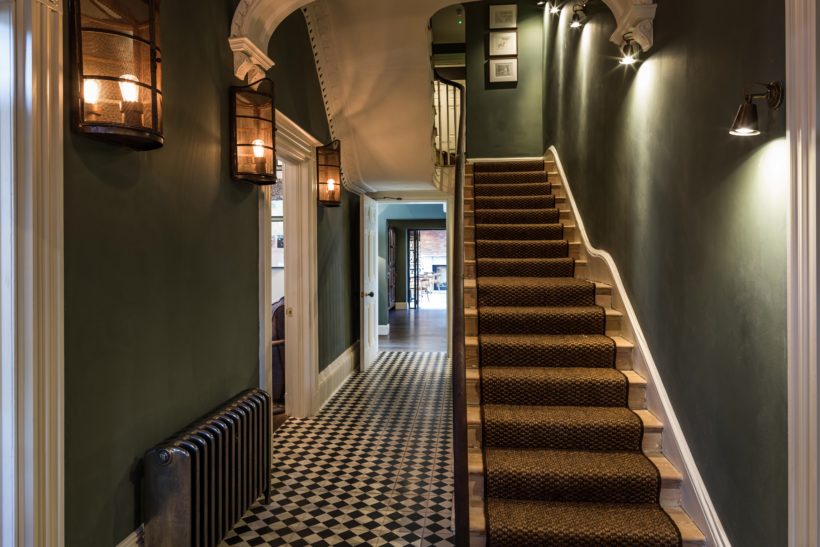Decorative Plasterwork and Cornice Cleaning Tips
Cornices are decorative mouldings that were designed to disguise the area where the wall and ceiling meet. In fact from the 1700s to Victorian times, no main living room would have been complete without a cornice. Within the room, cornice provides depth and character, a sense of period history and is visually pleasing. Decorative plaster ceilings were popular in back in the 1700s.
It was said that cornices made rooms more 'lightsome', were excellent against raging fire, stopped the passage of dust and lessened the noise overhead. These were important considerations in the 1700s, but less so nowadays. Now, we all love the element of 'period features' within a room. For most buyers they add to the property’s appeal and value.
Decorative plasterwork frequently outlives the furniture and textiles which were its original companions from any given period and in our opinion, should be treasured. Wherever possible, these small works of art should be preserved and restored. But how to look after and maintain the decorative plaster in your home are questions we are often asked.
Catherine, Ryedale Plasterers' Managing director recommends keeping decorative mouldings dust free. A soft brush like a long bristled paint brush, or a soft brush on the end of vacuum hose are ideal for cornice cleaning. Obviously the more enriched the cornice, the more delicate it will be, so a gentle touch is be required but it is important to keep the dust to a minimum. The use of cleaning products is neither recommended or required once the cornice or ceiling rose is in a restored state.
If you have many layers of paint build up, or the plasterwork is particularly dirty, a little cream cleanser can be helpful. But, be careful you don't want to go knocking pieces off an enriched or very decorative feature. If the feature is clogged with paint, a lot can be achieved to restore them to their original glory using poultice strippers, a brush, a toothpick and lots of time.
However, major restoration of decorative plasterwork is a skilled job. Missing sections can normally be professionally recast (see photos) and it is possible to replace short lengths of defective moulding or cornicing, or make hand repairs.
If you have any further questions about looking after the decorative plasterwork in your home or office, please feel free to contact us at office@ryedaleplasterers.co.uk or on 0160977646.
Photo courtesy of Earthborn Paints.








